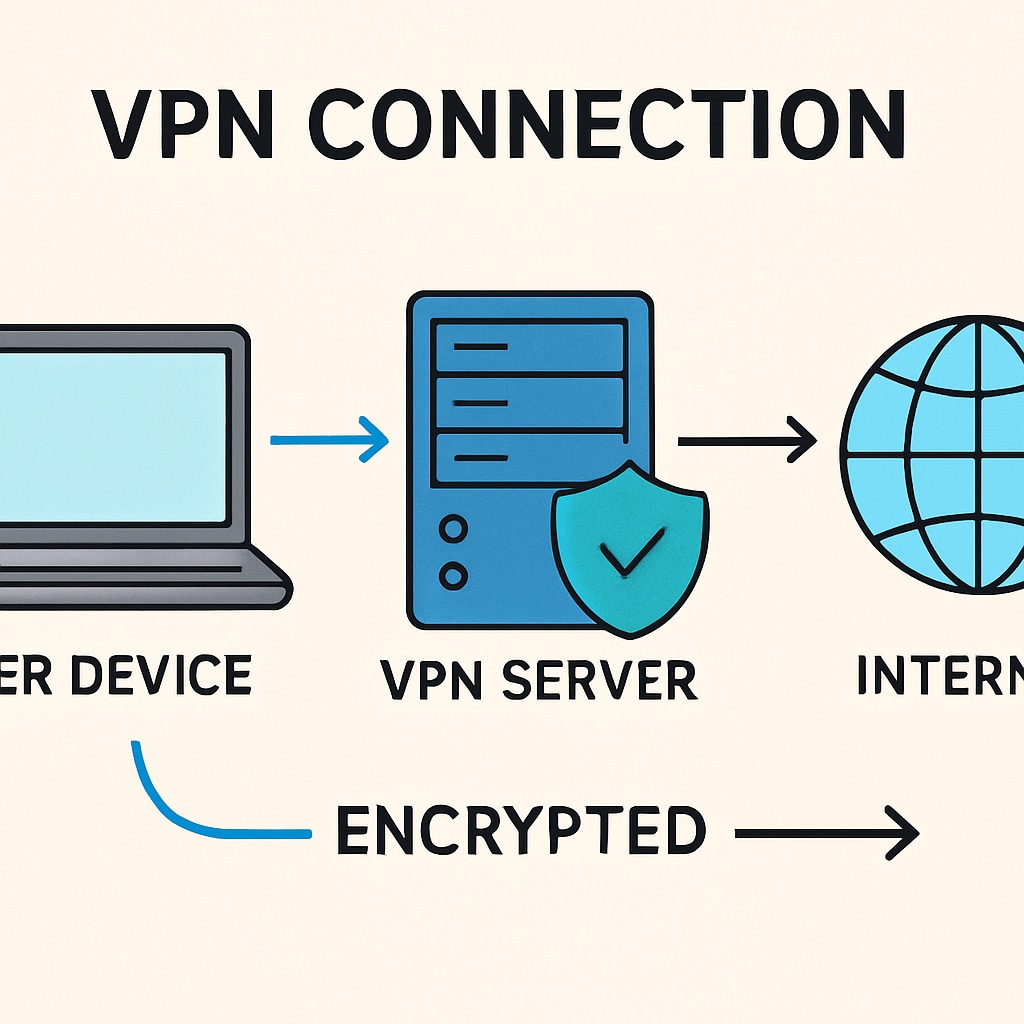The introduction of age verification laws, VPN usage, and UK legislation has sparked widespread discussions about its implications on digital freedom and safety, particularly in K-12 education. With students increasingly using VPNs (Virtual Private Networks) to bypass restrictions, schools and educators face a critical challenge: how to protect students while fostering digital literacy and responsibility.
Understanding Age Verification Laws and Their Impact
Age verification laws, such as those recently implemented in the UK, are designed to restrict access to adult content and ensure online safety for minors. While these regulations aim to protect children, they often lead to unintended consequences. For example, VPNs have gained popularity among students seeking to bypass age verification mechanisms, raising concerns about both safety and compliance.
The impact on K-12 education is multifaceted. On the one hand, these laws provide a framework for protecting younger users from harmful material. On the other hand, they can inadvertently push students toward tools like VPNs, which may expose them to additional risks or bypass school networks entirely.

How VPN Usage Complicates Education
VPNs allow users to mask their location and access restricted content, making them an effective workaround for age verification systems. While VPNs have legitimate uses, their misuse poses challenges for schools:
- Policy enforcement: Schools must implement stricter network controls to detect and block VPN usage.
- Student safety: VPNs can expose students to unfiltered or malicious content, defeating the purpose of age verification laws.
- Educational integrity: VPNs may be used to bypass restrictions on learning tools or assessments, undermining academic fairness.
As a result, educators must strike a balance between enforcing rules and equipping students with the skills to navigate digital spaces responsibly.

Strategies for Balancing Freedom and Safety
To address these challenges, schools and educators can adopt the following strategies:
- Integrate digital literacy into curricula: Teach students how to recognize risks, understand online regulations, and navigate the internet responsibly.
- Enhance network security: Use advanced monitoring tools to detect VPN usage and ensure compliance with school policies.
- Promote open dialogue: Create safe spaces for students to discuss their online experiences and concerns with educators.
- Partner with parents: Encourage collaborative efforts between schools and families to support digital safety at home and in the classroom.
These approaches not only address the immediate challenges posed by age verification and VPN usage but also prepare students to become informed and responsible digital citizens.
Looking Ahead: The Role of Education in a Digital World
As age verification laws continue to evolve globally, the role of educators becomes increasingly vital. Schools are not just places to enforce rules; they are spaces where students learn to live in harmony with technology. By prioritizing both safety and freedom, educators can help students thrive in an increasingly digital world.
In conclusion, while age verification laws and VPNs present challenges, they also offer opportunities to rethink how we approach digital education. By fostering open communication, enhancing security measures, and teaching digital literacy, schools can strike a balance that benefits students in the long term.
External Resources:
For further reading on age verification laws and VPNs, visit Age Verification on Wikipedia and Virtual Private Network on Britannica.
Readability guidance: This article uses concise paragraphs, lists, and transitions to improve clarity and engagement. It balances technical explanations with practical advice for educators, ensuring accessibility for all readers.


